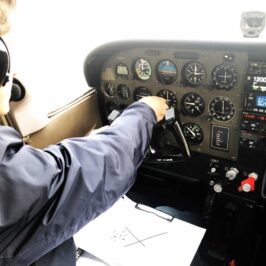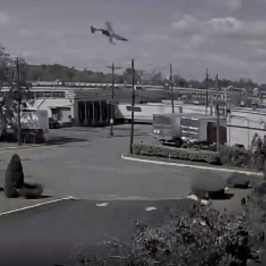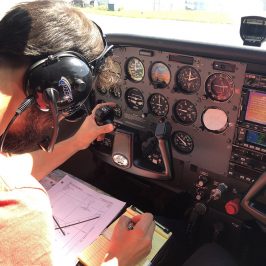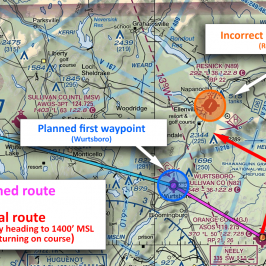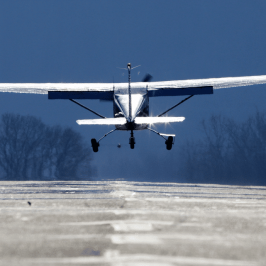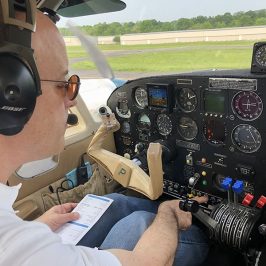
Ask for a definition of ‘airworthiness‘ from ten different pilots, and chances are you’ll receive ten different responses. It’s a common stumbling block for pilots across the spectrum of experience and ratings.
The purpose of this blog post is to demystify some aspects of airworthiness, including MELs, 14 CFR 91.213 (Inoperative Instruments and Equipment), required inspections, and just who is responsible for what across the airman/AMT “authorized person” spectrum. Fair warning: this is a “deep dive” intended for persons who are committed to understanding airworthiness as it applies to Part 91 General Aviation operations.
Definition and application
Let’s start with a definition of airworthiness. This definition isn’t found in 14 CFR Part 91 or the AIM. It isn’t found in Part 43 (Maintenance, Preventive Maintenance, Rebuilding, and Alteration) or even 14 CFR 1.1 (General Definitions.) It’s found in 14 CFR 3.5, “Statements about products, parts, appliances and materials.”
Airworthy means the aircraft conforms to its type design and is in a condition for safe operation.
14 CFR §3.5(a)
Who determines whether the aircraft is in a condition for safe operation? It’s a multi-part answer. Per 14 CFR 91.7, it’s the Pilot in Command’s job to determine “whether that aircraft is in condition for safe flight,” and furthermore, he or she “shall discontinue flight when unairworthy mechanical, electrical, or structural conditions occur.”
But the other player in this task is the mechanic responsible for the aircraft’s maintenance. Let’s open up with the overarching concept here: the mechanic deems an aircraft airworthy while the PIC may deem the aircraft unairworthy.
“But I make sure the aircraft is airworthy when I go inspect the aircraft prior to flight!” you may say. Certainly so, but the pilot is not capable of returning an aircraft to service out of maintenance, only verifying that it is in fact airworthy and in a condition for safe operation.
It’s also critically important to remember that only an appropriately rated and certificated mechanic can move an aircraft to from a state of unairworthiness to airworthiness. When the pilot makes the “squawk,” it’s a one-way street.
An aircraft having undergone “maintenance, preventative maintenance, rebuilding, or alteration” can only be returned to service by “a person authorized under 43.7” and requires that… “The maintenance record entry required by 43.9 or 43.11, as applicable, of this chapter has been made.” In other words, the aircraft is returned to airworthy condition by an AMT (Aviation Maintenance Technician), i.e. a mechanic authorized to perform that work. It’s worth mentioning that certain Preventive Maintenance could be accomplished by the pilot, who would be such an authorized person under Part 43.7. Before we go any further, a disclaimer: experimental aircraft are outside the purview of this discussion.
In many cases an airplane returns from a maintenance event having undergone a required inspection, such as an Annual or 100 Hour inspection. In this instance, the person signing off the Annual (mechanic must have IA) or 100 Hour (A&P is acceptable) is returning the aircraft to service as airworthy and is therefore the “authorized person” responsible for determining the aircraft is airworthy.
Tip:
Astute pilots have noted at times that the record entry appears to have no signature at all, rather just a certificate number for a Repair Station. This is in fact a legal “signature” per 14 CFR 1.1 as a “person” is defined as “an individual, firm, partnership, corporation, company, association, joint-stock association, or governmental entity.”
Regardless, It is still the Pilot in Command’s job to verify that the aircraft is “in condition for safe flight” prior to flying.

